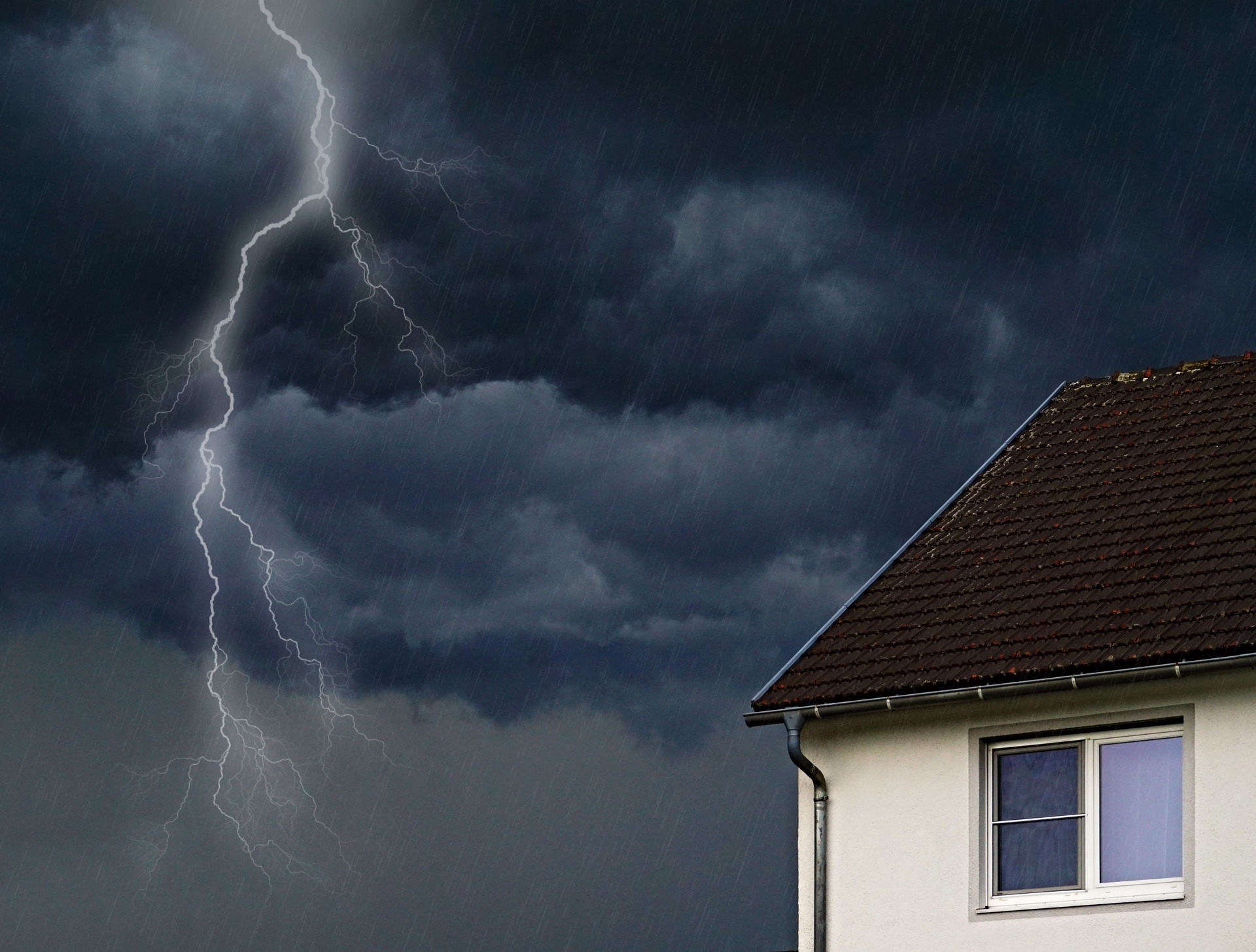Surge protectors are useful and potentially life-saving features to have in your home. While individual surge protectors work on a small scale, installing whole-house surge protection is a worthwhile investment.
Lightning strikes, large appliances turning on and off, and changes in the electrical grid can all cause a surge of power in your home. These surges bring a flood of electricity to the other parts of the circuit, exposing devices plugged in to higher amounts of electricity than they are used to. Over time, exposure to many small surges heats up devices, damages the inner mechanisms, and can ultimately lead to irreparable damage. More significant surges, such as those from lightning strikes, can even cause an overflow of electricity that creates sparks at the outlets and can cause an electrical fire.
To protect yourself and your devices, surge protectors are used. They sense when an excess of electricity floods the system and will automatically cut power to any connected devices. Many small surge protectors resemble power strips–they plug into an outlet and have multiple ports into which you can connect various devices. However, these are not the safest way to protect from surges because if too many items are plugged in at once, you may overload the circuit, and it will overheat. Wires can get damaged, and plastic can even melt.
A way to further protect from surges is to install whole-house surge protection. These devices constantly monitor the flow of electricity throughout your home and can divert excess electricity away from the outlets and instead deliver it safely into the ground. They function 24/7 to prevent damage to your appliances, and you don’t have to remember to plug them in the way you do with the single outlet surge protector.
There are two main types of surge protectors that function for the entire house: meter protectors and panel protectors.
Meter-based Protectors
This surge protection device gets attached to the electrical meter outside your home. This is the point where the electricity from the grid enters your home’s electric system, so having the surge protector here means that excess electricity is being diverted before reaching the main circuit breaker box. It is important to note that meter-based protectors only protect your home from outside surges that originate in the power grid–they cannot stop surges caused by large appliances internally or lightning strikes that bypass this main entry point.
Panel-based Protectors
These surge protectors are installed onto the load side of the main circuit panel in your home. They monitor the electricity entering the circuits and can prevent surges from residual external electricity (if a power surge occurred and some electricity got past the meter surge protector) and from internal sources such as an appliance turning on or off.
The best way to fully protect your house and devices from power surges is to use a combination of all three types of surge protectors. When they work together, the electrical surge gets diminished at multiple points to help ensure that the appropriate amount of power is emitted from the electrical sockets.



